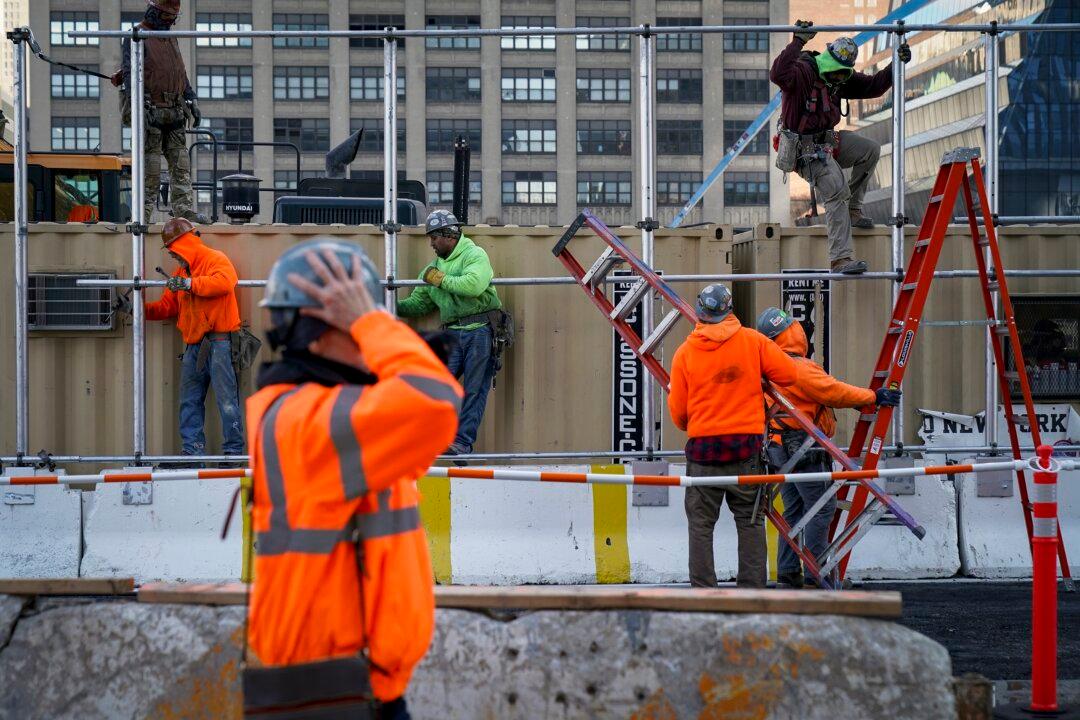Americans are increasingly foregoing unemployment benefits as the job market remains strong and the economy shows signs of acceleration.
The initial claims of jobless benefits dropped to 192,000 in the week ending April 13, down 5,000 from the week before (pdf). That means less than 59 out of 100,000 Americans applied for the benefits—a record low. Economists had forecast claims would rise to 205,000 in the latest week.





